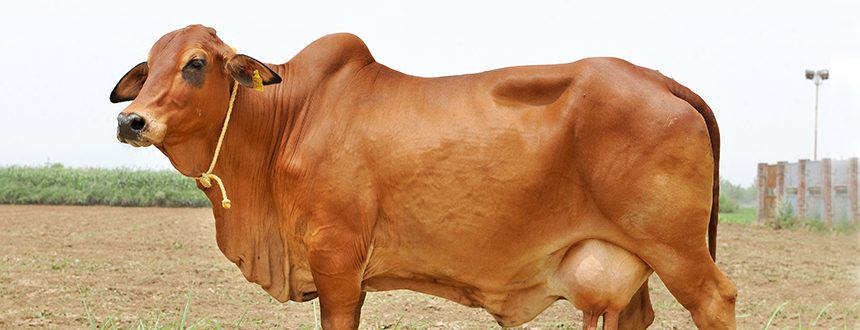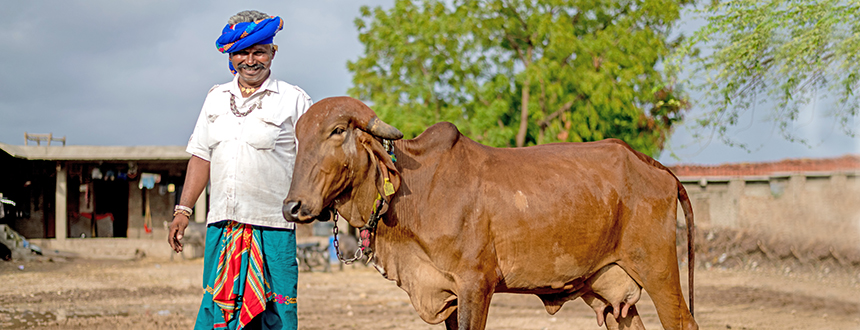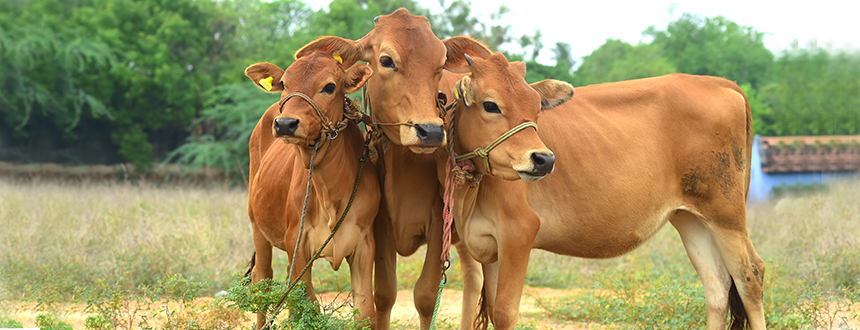Progeny Testing

PROGENY TESTING
When bulls are evaluated on the basis of their daughters’ performance, the process is referred to as progeny testing. If a large numbers of animals spread over many villages exist for a breed in its native tract and these villages have facilities to get AI services, progeny testing is a practical and the best option for achieving genetic improvement in the breed.
A typical breeding design for a progeny-testing programme that can be implemented in smallholder production situations follows like this. A certain number of young sires produced using the very best dams and sires are put under test. Adequate number of test doses of bulls put to test are distributed in selected herds/villages to ensure that at least 80 to 100 complete first lactation record of daughters per bull in as many herds/villages as possible are made available for estimating breeding values of bulls with a very high reliability. The very best 1-10% of progeny tested bulls and the very best 1 to 10% of recorded cows are used for producing the next generation of young bulls. The young bulls are again put to test and the cycle is repeated. The top 10 to 15% of the progeny tested bulls are used for producing replacement heifers.
One variant to this classical progeny testing programme is where like in the classical approach the very best 1 to 10 % of progeny tested bulls and the very best 1 to 10% of recorded dams are used for producing the next generation of young bulls, but unlike in the classical approach where only progeny tested top 10-15% bulls are used for producing replacement heifers, in this variant young bulls produced using top progeny tested sires and top recorded dams and selected based on pedigree information are used for production of replacement heifers. It should be noted here that although the young sires used on the sire-to-dam path are not progeny tested, young bulls are on an average better than the generation from which the proven bulls are selected, as the young sires are produced using the top progeny tested semen and the top recorded daughters. Young bulls therefore could be as good as progeny tested bulls of previous generations. When one uses young bulls on sire-to-dam path, the generation interval becomes less than one third of that when only progeny tested bulls are used. This often outweighs the loss in accuracy and the genetic improvement achieved in many practical schemes of young sire programme is as good as if not better than what is achieved under the classical progeny testing programme.



